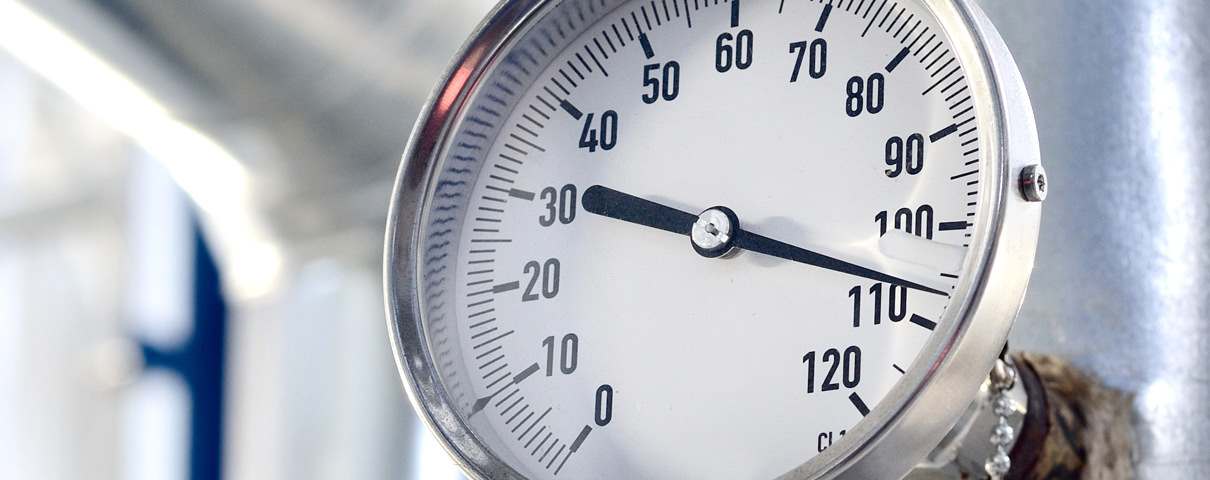
What’s the difference between a pressure sensor with an internal diaphragm and one with a flush diaphragm? And which one should you choose when measuring pressure in your application? This WIKA video explains what situations call for a pressure connection with a flush diaphragm.
Internal diaphragm and flush diaphragm are the two most common pressure connections used in electronic pressure measuring instruments. The former is the industry standard for most gaseous and liquid media because it is inexpensive and easy to handle. So, under what circumstances is a flush diaphragm the better choice?
WIKA’s YouTube video makes it easy to determine when to choose the latter. Here’s a quick overview:
A medium enters the process port and comes into contact with an internal diaphragm, which measures the pressure. This action is usually not a problem, but this type of pressure connection is not ideal for all media types.
A pressure connection with a flush diaphragm, on the other hand, has two diaphragms. The medium is in direct contact (flush) with only the first diaphragm, which then acts on a transmission fluid that relays pressure to the second diaphragm. By not requiring the media to enter the pressure port, the latter is better suited for troublesome media and harsh environments like urea fertilizer production. This type is also ideal for sanitary applications due to residue-free cleaning. Watch the video to see which four media types call for a pressure connection with a flush diaphragm.
Need more help in choosing the right pressure sensor and diaphragm type for your processes? The experts at WIKA USA are available to guide you in your selection.

